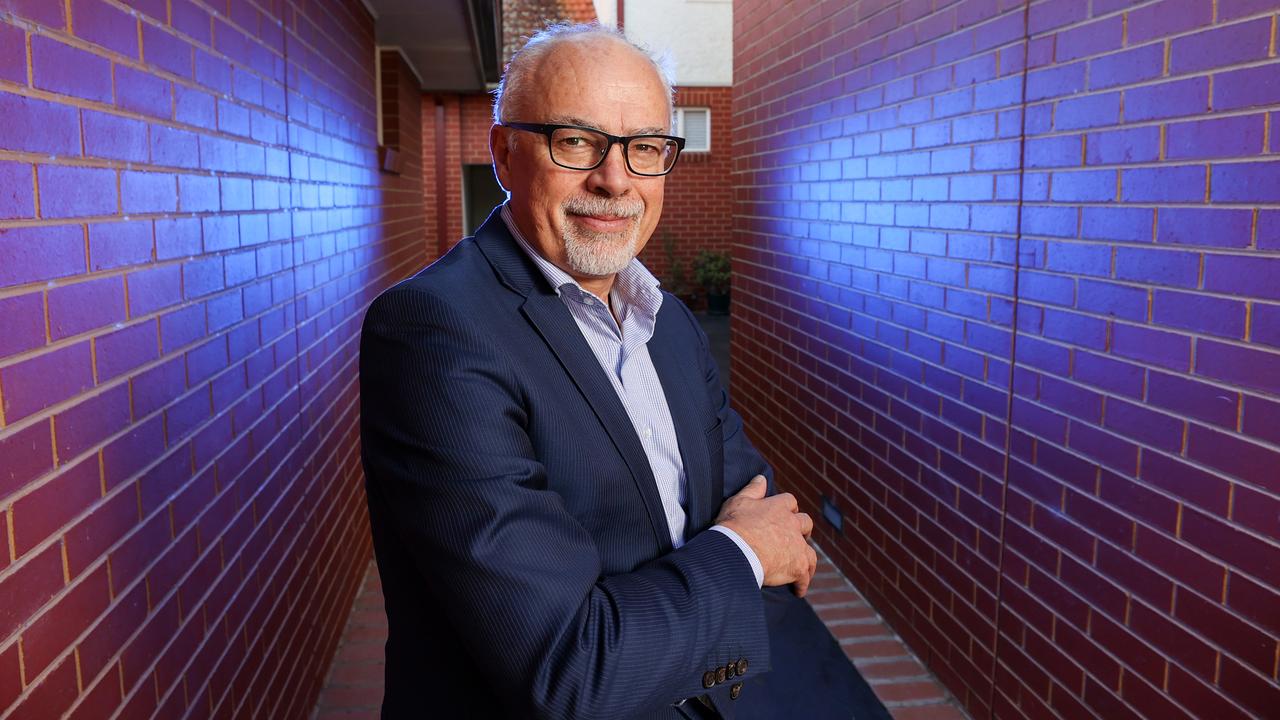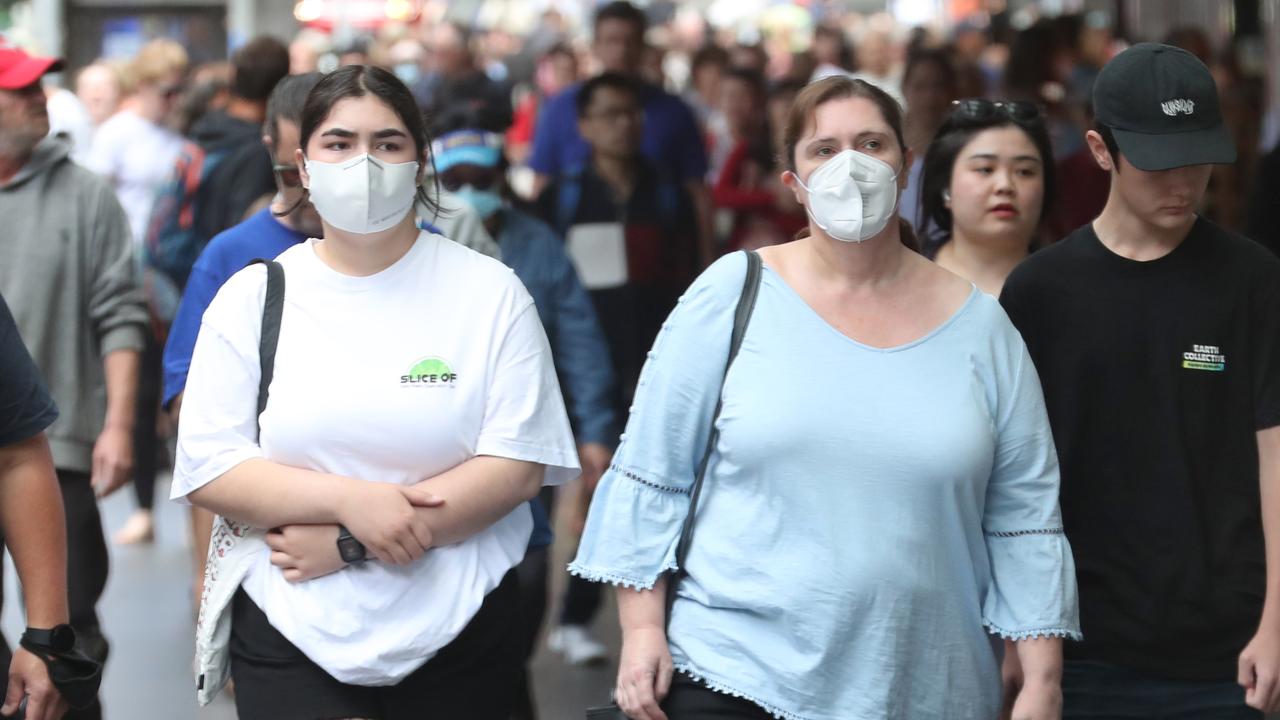Why Victoria will still be on alert for new Covid strains in 2023
Health experts say repeated Covid waves will drive a spike in case numbers this year, as 7908 new cases and 149 deaths were reported in the past week.

Victorians will likely see “wave after wave after wave” of Covid in 2023, with experts warning it could take years before the virus settles into a seasonal pattern “like the flu”.
The warning from epidemiologists comes as Victoria recorded 7908 new cases in the past seven days and 149 deaths.
There are 473 people with Covid in Victorian hospitals and 18 in intensive care.
Epidemiologists said the new variants would continue to drive jumps in case numbers, speaking just days after a new Omicron variant – XBB. 1.5 – was detected in Victoria for the first time.
A Victorian chief health officer update issued last week confirmed four cases had been found but said we were “well-placed to monitor the emergence of this variance locally”.
The rapid growth of XBB. 1.5 in the US – with the Centre for Disease Control estimating it now represents more than 70 per cent of Covid cases in north east regions of the US – has caught the attention of the World Health Organisation.
While WHO emphasised that it was difficult to make conclusions based on one country, they were concerned, with a senior official describing it as the “most transmissible” Covid-19 variant ever detected.

University of Melbourne epidemiologist Professor Tony Blakely said the variant – a combination of two previous Omicron mutations – appears “really pretty good” at evading immunity, but did not appear to cause more severe illness.
“We now have variants that have high immune escape, which, yes, is a pain … but if you get infected you’re more likely – but not guaranteed – to have a much less severe illness,” he said.
“It’s causing infections in people who have had previous infections and vaccination, so that’s why it’s getting ahead.”
He said he was “90 per cent sure” XBB. 1.5 will take off in Australia and, regardless of its success, he does not expect it to be the last variant to hit our shores.
“We’re just going to see wave after wave after wave,” he said.
“But what we hope and what I’m gambling on – I won’t say it’s guaranteed – is that each of those waves coming through will not be too severe (in regards to hospitalisation rates).”
He said viruses needed to drop to a much lower transmission rate before they become “seasonal”, peaking in winter and falling during the summer when people are outdoors.

“We’ve got a long way to go with Covid before it even potentially becomes seasonal,” he said.
“If you dropped XBB. 1.5 on a completely naive population from 2019 ... each one person would probably infect ten people.
“When you have something as infectious as that, you’re probably not going to see it drop into a winter seasonal pattern.
“It’s still going to breed even in January, February, March.
“The way it’s going to play out in the future is a lot of unknowns, but it’s probably going to look like three to four month waves.
“After three to four months there’s enough waning of that immunity, that another variant can come in and take off again.”
Monash University Associate Professor James Trauer, who specialises in Covid modelling, agreed that it would be a long time before Covid reached a stable pattern.
He said the constant waves of Covid were mostly triggered by waning immunity and new variants, which surface more frequently than once a year.
“I think it could be two, three, four years in the future before we get any sort of stable, regular winter wave,” he said.
He said XBB. 1.5 had the ability to push cases up again, but he does not think it will eclipse previous peaks.
“I suspect it will be similar to what we’ve seen with some of these other most recent variants, particularly in other countries.
“You can get a significant wave of transmission, but each subsequent wave … you get a less severe wave in terms of hospitalisations and deaths.
“You develop a broader, richer immunity with each subsequent waves that comes through and that’s what really makes each epidemic less severe as time goes on.”
Overseas, Oxford University Professor and Oxford Vaccine Group director Sir Andrew Pollard told the Science Media Centre we “should be cautious not to drive fear that each new variant heralds a new crisis in the pandemic”
“There is no reason to think that XBB. 1.5 is of any more concern than other variants that come and go in the ever-changing landscape of Covid-19 mutants,” he said.




